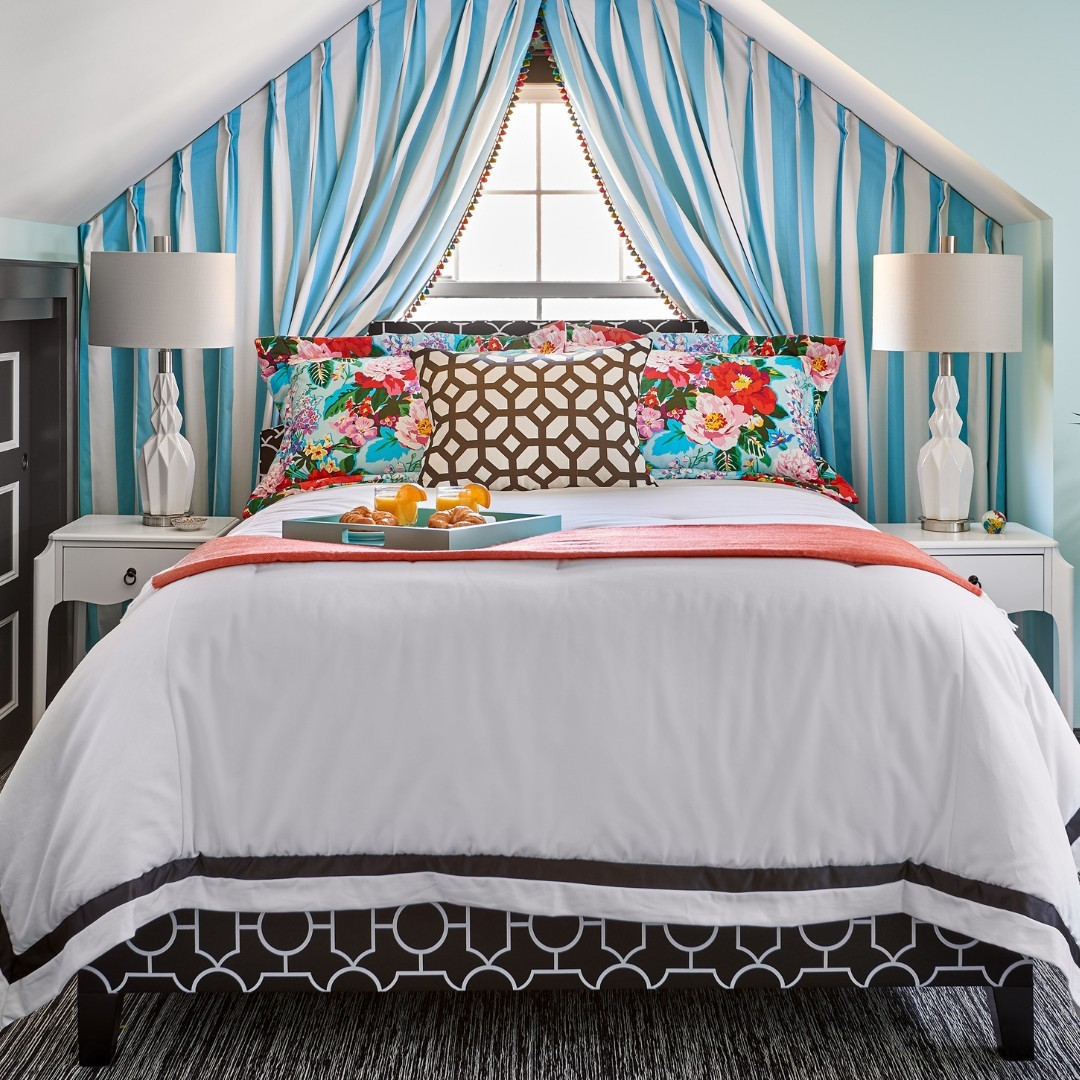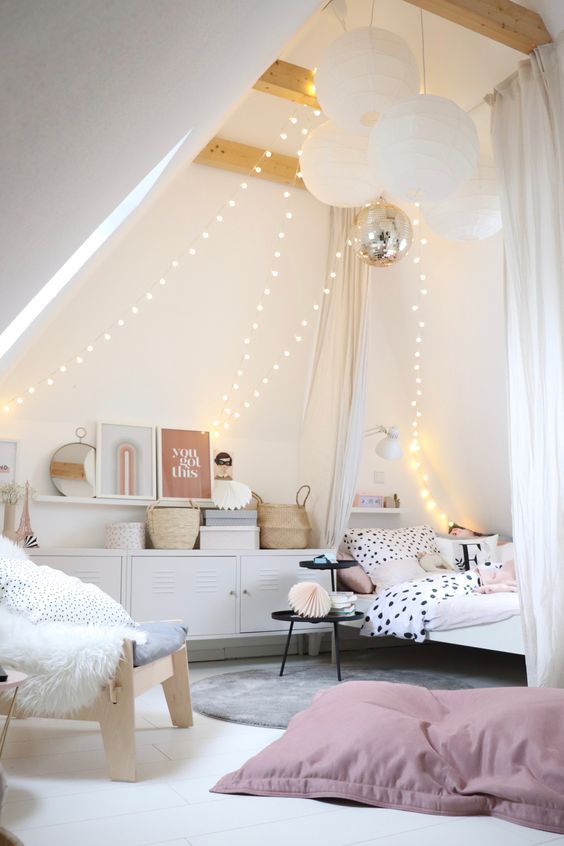In a time of wearable technology, genetically modified foods, and synthetic consumer products, it can be hard to track what is natural and what is not. How do you know if this food and that face cream is healthy? It’s not easy to keep track of everything.
And what’s more is there are entire parts of our lives that we never think about our exposure to harmful chemicals. The bedroom is one of those parts. This guide is here to help synthesize what to be on the lookout for when creating your natural bedroom.
First, let’s start with the potential harm synthetic bedding has on your health. When I use “synthetic” I’m referring to all the mattresses, pillows, sheets, stuffed animals, etc. that aren’t made from 100% natural materials or have artificial chemicals added after the product has been manufactured.
A lot of the materials that fall under this synthetic category are materials that are made from oil-based products and mixed with harmful additives. Take memory foam as an example.
Memory foam is one of the most popular bedding materials, it’s used in mattresses, pillows, mattresses toppers, etc. Memory foam is also a polyurethane-derived product. Polyurethane is made from polyether polyols and isocyanates.
Isocyanates are, in particular, bad for your health. They are a topical irritant and they are also a potential carcinogen.
Another broad category of things not great for your health are chemical flame retardants. Flame retardants are used on synthetic materials or natural bedding materials. In both cases, they’re still bad and to be avoided.
To put it into context, some flame retardants are so harmful they aren’t even allowed to be used in kids clothing because of regulations.
So avoid anything that is either synthetically made or treated with a harmful flame retardant.

So What Materials Should You Use For Your Bedding?
For your mattress, one of the best materials is natural latex which can mimic some of the properties of the classic memory foam feel. Latex is made from rubber sap and is all-natural. As an added benefit natural latex is hypoallergenic.
Just make sure you look for a manufacturer that doesn’t add any artificial chemicals to their natural latex mattresses.
For your pillow, we recommend trying a wool pillow. Wool is a great natural alternative to memory foam or polyester fill. It comes from sheep and is natural. Wool is also hypoallergenic and breaths well. Since wool is also flame retardant it is unlikely to be treated with anything artificial.
For your sheets we recommend bamboo sheets. Unlike cotton, bamboo is more likely to be grown naturally with no genetic modifications or pesticides.
Bamboo is also known to be incredibly soft and is hypoallergenic as well.
Finally, for a comforter, we recommend using goose down. But watch out! A lot of goose down can be sourced unsustainably or treated with chemicals. There are also artificial goose-down imposters out there as well so you want to make sure you’re buying from a company that is the real deal.
Down is incredibly warm, which is why it makes such great comforters and jackets. It is also hypoallergenic.
Conclusion
Especially when it comes to your bedroom it’s important that you are surrounded by materials that are good for your health (or at least not bad for it). Avoid synthetically made products as they are often laced with harmful chemicals and avoid products that have chemical flame retardants in them.






